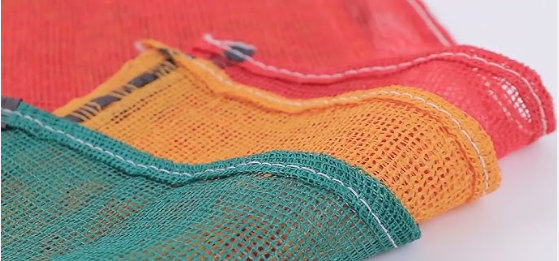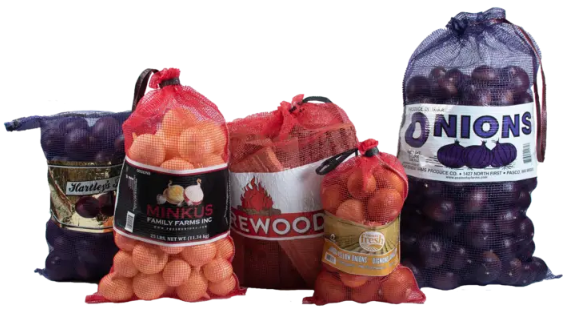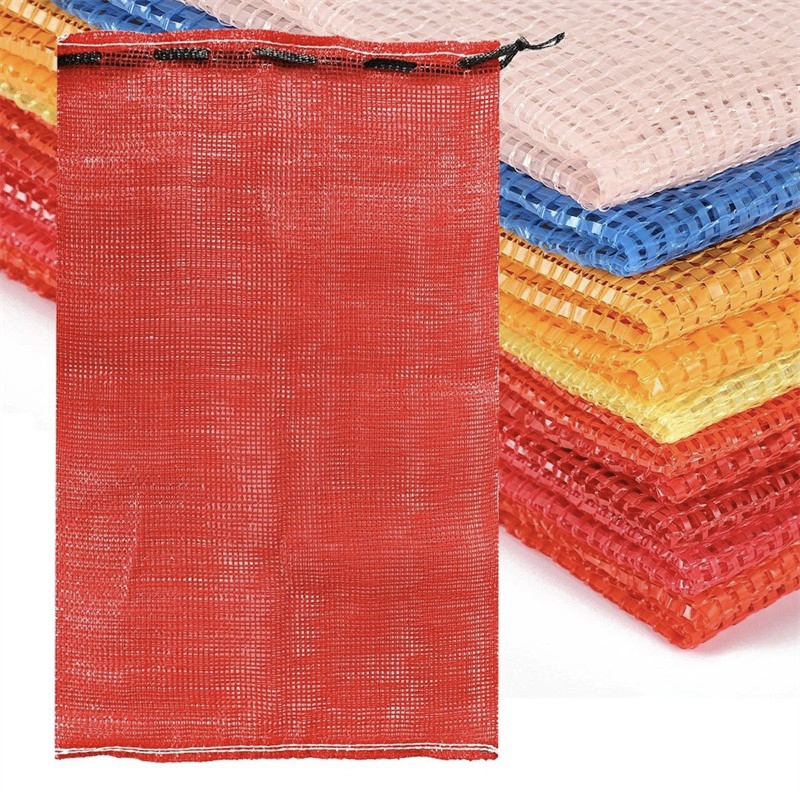In the global packaging market, mesh bags remain a staple for industries ranging from agriculture (for fruits, vegetables, and potatoes) to consumer goods (for toys, hardware, and textiles). Recent market observations reveal a notable trend: customers consistently show a stronger preference for leno mesh bags over tubular mesh bags, even as manufacturers highlight the latter’s production efficiency and functional parity.
Leno mesh bags, characterized by their interwoven “crisscross” pattern created by twisting two warp yarns around a weft yarn, have won over customers primarily due to two key perceived advantages. First, their structural design is widely believed to offer superior durability and load-bearing capacity. “Retailers and farmers often comment that leno bags hold heavier produce like onions or carrots without tearing easily,” notes Maria Gonzalez, a packaging consultant at Global Pack Insights. Second, the open, grid-like weave of leno mesh provides better ventilation—a feature customers associate with prolonged freshness for perishables. This perceived edge in product protection has made leno bags the go-to choice for many buyers, especially in regions with high demand for fresh agricultural exports.


However, industry insiders point out that tubular mesh bags, which are produced in a continuous cylindrical form by weaving yarns into a seamless tube, offer practical benefits that are often overlooked. “Tubular mesh bags are significantly easier and faster to manufacture,” explains John Chen, production manager at a leading Chinese mesh bag manufacturer. “The seamless production process reduces material waste and cuts down on labor costs compared to leno bags, which require more complex weaving adjustments.” Crucially, tubular mesh bags also meet the same core functional requirements: they provide adequate ventilation, support typical load capacities for packaged goods, and are compatible with standard filling and sealing equipment. In blind tests conducted by packaging research firms, the two bag types showed negligible differences in performance when used for common applications like packing oranges or firewood.
So why does the preference for leno mesh bags endure? Market analysts attribute it to long-standing consumer habits and brand perception. “Many buyers have used leno bags for decades, so there’s a sense of familiarity and trust in their performance,” Gonzalez adds. “Additionally, leno bags’ distinct visual pattern makes them more recognizable on store shelves, which some brands leverage for product differentiation.”

Manufacturers are now exploring ways to bridge this gap. Some are investing in marketing campaigns to educate customers about tubular mesh bags’ cost-effectiveness and functional equality, while others are modifying tubular bag designs to mimic the visual texture of leno weaves. As Chen puts it: “Tubular mesh bags offer a win-win for both producers and buyers—lower production costs can translate to more competitive pricing. It’s just a matter of helping the market see their value beyond tradition.”
For now, leno mesh bags continue to lead in customer preference, but the tubular variant’s production advantages suggest it may gain traction as buyers increasingly prioritize cost efficiency without compromising on utility.
Post time: Sep-23-2025







